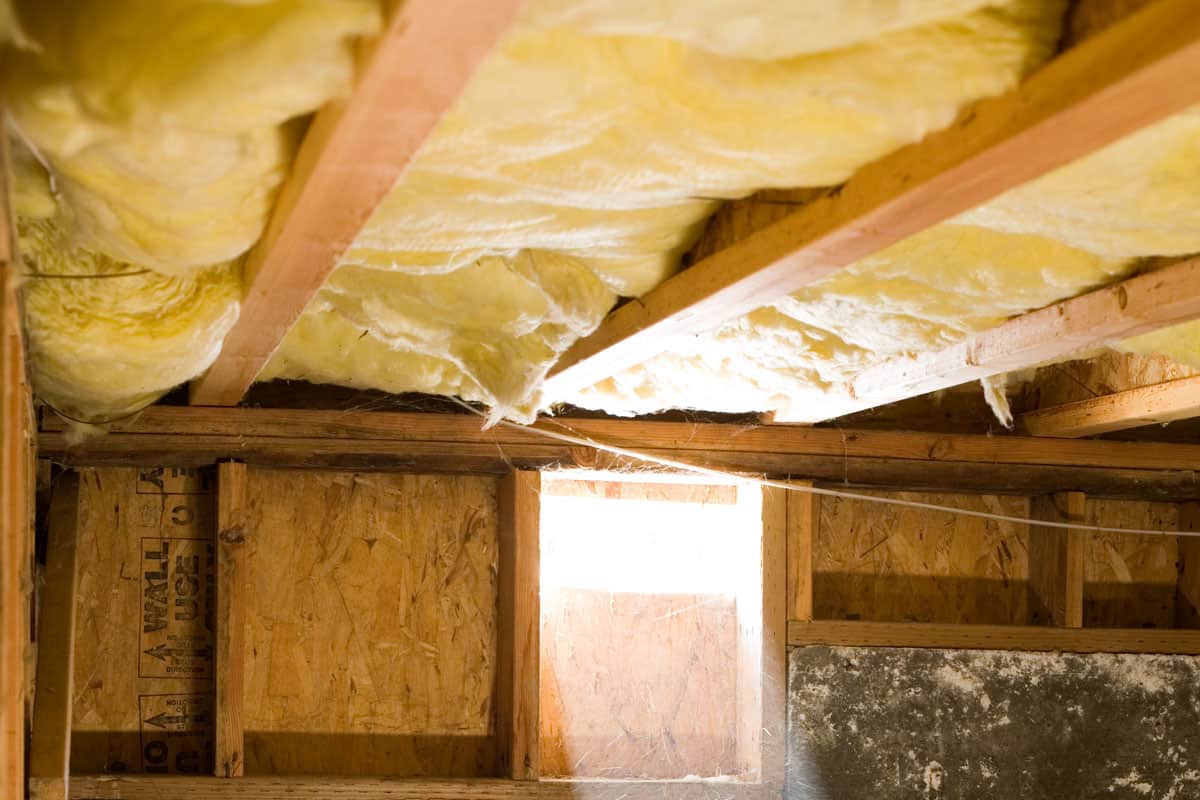

Articles
What R-Value Insulation For Basement Ceiling
Modified: February 24, 2024
Discover the ideal R-value insulation for your basement ceiling in this comprehensive guide. Read articles with expert advice on choosing the best insulation.
(Many of the links in this article redirect to a specific reviewed product. Your purchase of these products through affiliate links helps to generate commission for Storables.com, at no extra cost. Learn more)
Introduction
Welcome to this comprehensive guide on understanding R-Value insulation for basement ceilings. As homeowners, we are constantly looking for ways to make our houses more energy-efficient, comfortable, and cost-effective. Insulating the basement is an essential step in achieving these goals, and understanding the concept of R-Value insulation is crucial in making informed decisions.
R-Value is a measure of thermal resistance, indicating how well a material can resist heat flow. The higher the R-Value, the better the insulation’s ability to prevent heat transfer. Insulating your basement ceilings can help in reducing energy loss and making your home more comfortable year-round by minimizing temperature fluctuations.
In this article, we will delve into the significance of insulating basement ceilings, factors to consider when choosing R-Value insulation, recommended R-Values for basement ceilings, different types of insulation available, installation processes, and cost considerations. By the end of this guide, you will have a comprehensive understanding of R-Value insulation for basement ceilings and be able to make informed decisions about the insulation solution that best suits your needs.
So, let’s get started and explore the world of R-Value insulation for basement ceilings.
Key Takeaways:
- Understanding R-Value insulation is crucial for creating an energy-efficient and comfortable living space. Factors such as climate, insulation types, and installation methods play a vital role in achieving optimal results.
- When considering basement ceiling insulation, it’s essential to balance upfront costs with long-term energy savings. Proper planning, material selection, and installation techniques contribute to a cost-effective and efficient insulation project.
Read more: What R-Value Insulation For Basement Walls
Understanding R-Value Insulation
R-Value insulation is a measurement used to determine the thermal resistance of a material, indicating its ability to resist the transfer of heat. It is an important factor to consider when insulating various parts of a building, including basement ceilings.
The R-Value is determined by the thickness and type of insulation, as different materials have different insulation properties. For example, fiberglass insulation typically has an R-Value of around R-3.7 per inch, while cellulose insulation has an R-Value of R-3.0 to R-3.8 per inch, and foam insulation can have varying R-Values depending on its density.
When it comes to basement ceilings, insulating with a high R-Value material is essential to minimize heat transfer between the basement and the floors above. This can help maintain a more consistent temperature throughout the house and reduce energy consumption required for heating and cooling.
Insulation works by creating a barrier that slows down the movement of heat between two spaces. In the case of basement ceilings, insulation prevents the warm air in the living spaces above from seeping into the cooler basement area. This is especially important in areas with extreme temperatures, as it helps to maintain a comfortable indoor environment.
Another benefit of insulating basement ceilings with high R-Value materials is noise reduction. Insulation helps to absorb sound vibrations and prevent them from transferring between the basement and upper floors. This can be particularly useful if you use your basement as a recreational or living space.
It’s important to note that the effectiveness of insulation can be affected by factors such as installation quality, air leakage, and moisture control. Proper insulation installation, such as sealing any gaps or cracks, is crucial to ensure maximum performance. Additionally, addressing moisture issues, such as water leaks or humidity, is essential to prevent damage to the insulation and potential mold growth.
Overall, understanding the concept of R-Value insulation is essential in making informed decisions when insulating basement ceilings. By selecting the appropriate insulation material with a high R-Value and ensuring proper installation, you can create a more energy-efficient and comfortable living environment in your home.
Importance of Insulating Basement Ceilings
Insulating basement ceilings is a crucial step in maximizing energy efficiency, reducing heating and cooling costs, and enhancing the overall comfort of your home. This section will discuss the key reasons why insulating basement ceilings is important.
1. Energy Efficiency: The basement is a significant source of energy loss in many homes. Without insulation, heat easily escapes through the basement ceiling, causing your heating system to work harder to maintain a comfortable temperature. By insulating the basement ceiling, you create a barrier that prevents heat loss, thereby reducing your energy consumption and costs.
2. Temperature Regulation: Insulating the basement ceiling helps to regulate temperature throughout your home. In colder months, it prevents cold air from infiltrating the living spaces above, helping to keep them warmer. Conversely, in hotter months, it prevents warm air from the basement from rising into the upper floors, keeping them cooler. This temperature regulation leads to increased comfort for you and your family.
3. Noise Reduction: Insulating the basement ceiling also helps in reducing noise transfer between floors. Whether you use your basement as a recreational area, a home office, or a bedroom, insulating the ceiling can significantly reduce the noise that travels to and from the basement. This helps create a more peaceful and quiet living environment for everyone in the house.
4. Moisture Control: Basements are prone to moisture-related issues, such as condensation and water leaks. Insulating the basement ceiling can help to mitigate the effects of moisture by acting as a vapor barrier. It prevents warm, moist air from reaching the cooler surfaces and potentially causing condensation or mold growth. Proper insulation installation, along with addressing any existing moisture issues, is vital to maintaining a dry and healthy basement.
5. Increased Property Value: Insulating the basement and maximizing energy efficiency is an attractive feature for potential homebuyers. A well-insulated basement with proper R-Value insulation adds value to your property and can enhance its market appeal. It can also contribute to obtaining a higher resale value for your home in the future.
6. Environmental Benefits: Insulating the basement ceiling not only benefits you financially but also has positive environmental impacts. By reducing energy consumption and greenhouse gas emissions associated with heating and cooling, you contribute to a more sustainable environment and reduce your carbon footprint.
Overall, insulating basement ceilings offers numerous benefits, including increased energy efficiency, temperature regulation, noise reduction, moisture control, property value enhancement, and environmental friendliness. It is a wise investment that provides long-term rewards, making your home more comfortable, energy-efficient, and environmentally responsible.
Factors to Consider Before Choosing R-Value Insulation for Basement Ceilings
When it comes to choosing the right R-Value insulation for basement ceilings, there are several factors that you should consider. These factors will help you make an informed decision based on your specific needs and circumstances. Let’s explore the key factors to consider before selecting R-Value insulation for your basement ceilings.
1. Climate: The climate in which you live plays a significant role in determining the appropriate R-Value for your basement ceilings. In colder climates, where winters are harsh and temperatures drop significantly, you will need insulation with a higher R-Value to prevent heat loss. Conversely, in milder climates, where temperature fluctuations are less extreme, insulation with a lower R-Value may be sufficient.
2. Purpose of the Basement: Consider how you plan to use your basement. If you intend to use it as a living space or frequently occupy it for recreational activities, you will likely require higher R-Value insulation to ensure maximum comfort and energy efficiency. On the other hand, if your basement is strictly for storage purposes and rarely used, a lower R-Value insulation may be appropriate.
3. Existing Insulation: Take into account any existing insulation in your basement ceilings. If there is already insulation present, you may need to add additional insulation to achieve the desired R-Value. It’s important to assess the condition and effectiveness of the existing insulation before making a decision. Sometimes, it may be more cost-effective to remove and replace the old insulation rather than adding new layers.
4. Accessibility: Consider the accessibility of your basement ceilings. If your basement has a low-clearance or limited access points, it may restrict your options for insulation installation. In such cases, you may need to choose insulation materials that are easy to handle and install in tight spaces.
5. Budget: Your budget is an important factor to consider when selecting R-Value insulation. Different insulation materials have varying costs per square foot. While some materials may provide higher R-Values, they can also be more expensive. Determine the budget you are willing to allocate for basement ceiling insulation and choose the most cost-effective option that meets your requirements.
6. Fire Safety: Consider the fire safety requirements in your area. Some insulation materials have better fire-resistant properties than others. If fire safety is a priority, choose insulation materials with higher fire ratings to ensure the safety of your home and family.
7. Moisture Resistance: Basements can be prone to moisture issues, such as condensation or water leaks. Choose insulation materials that have good moisture resistance properties to prevent water damage and mold growth. Proper moisture control measures and installation techniques should also be considered.
8. Longevity and Durability: Think about the longevity and durability of the insulation material. Consider factors such as its resistance to pests, its ability to withstand wear and tear, and its resistance to settling or degrading over time. Choosing a durable insulation material ensures that your basement ceilings remain well-insulated for many years to come.
By considering these factors, you can make a well-informed decision when choosing R-Value insulation for your basement ceilings. Consulting with insulation professionals can also provide valuable insights and help you select the optimal insulation solution for your specific needs and budget.
Recommended R-Value for Basement Ceiling Insulation
Choosing the right R-Value for basement ceiling insulation is crucial to ensure maximum energy efficiency and comfort in your home. The recommended R-Value can vary depending on factors such as climate, local building codes, and personal preferences. Here are some general guidelines for recommended R-Values for basement ceiling insulation:
1. Climate Zone: Consider the climate zone in which you live. The U.S. Department of Energy divides the country into different climate zones, each with specific R-Value recommendations. For colder climates, such as Zone 5 or 6, the recommended R-Value for basement ceiling insulation is typically between R-30 and R-49. In milder climates, such as Zone 2 or 3, the recommended R-Value can range from R-13 to R-25.
2. Energy Codes: Check local building codes and energy efficiency standards for specific R-Value requirements. Some areas have specific regulations that dictate minimum insulation requirements for different parts of the home, including basement ceilings. These codes are designed to ensure energy efficiency and provide guidance on the appropriate R-Value for insulation.
3. Existing Insulation: Take into account any existing insulation in your basement ceilings. If there is already insulation present, you may need to add insulation to achieve the recommended R-Value. It’s important to assess the condition and effectiveness of the existing insulation to determine the necessary steps to meet the recommended R-Value.
4. Desired Comfort Level: Consider your desired comfort level. Higher R-Values provide better insulation, resulting in enhanced energy efficiency and improved temperature regulation. If you value a higher level of comfort and energy savings, you may want to consider insulation with an R-Value at the upper end of the recommended range for your climate zone.
5. Budget: Consider your budget for basement ceiling insulation. Higher R-Value insulation materials tend to be more expensive. Evaluate the cost-effectiveness of different insulation options and choose the highest R-Value that fits within your budget. Remember that investing in higher R-Value insulation can result in long-term energy savings and increased home value.
6. Consulting Professionals: Seek guidance from insulation professionals. They can assess your specific situation, taking into account factors such as climate, budget, and existing insulation, to provide personalized recommendations for the appropriate R-Value for your basement ceiling insulation.
It’s important to note that these recommendations are general guidelines and may vary depending on individual circumstances. Consulting local experts and professionals who are familiar with regional requirements and building practices can help you determine the specific R-Value that best suits your basement ceiling insulation needs.
By selecting the recommended R-Value for basement ceiling insulation, you can create a more energy-efficient and comfortable living space while reducing heating and cooling costs.
Read more: What R-Value Insulation For Garage Ceiling
Different Types of Insulation for Basement Ceilings
There are various types of insulation materials available for insulating basement ceilings. Each type has its own unique characteristics and advantages. Understanding the different types can help you choose the most suitable option for your specific requirements. Let’s explore some common types of insulation for basement ceilings:
1. Fiberglass Insulation: Fiberglass insulation is one of the most common and widely used types of insulation. It consists of fine glass fibers that trap air, providing excellent thermal resistance. Fiberglass insulation comes in rolls, batts, or loose-fill forms. It is relatively easy to handle and install, making it a popular choice for DIY projects. Fiberglass insulation provides good R-Value, is affordable, and offers soundproofing properties.
2. Cellulose Insulation: Cellulose insulation is made from recycled paper or plant fibers treated with fire retardants. It is available in loose-fill form and is installed using specialized blowing equipment. Cellulose insulation has good thermal resistance and excellent sound-absorbing properties. It also offers better resistance to air infiltration compared to fiberglass insulation. Cellulose insulation is an environmentally-friendly choice and provides effective moisture control when properly installed.
3. Spray Foam Insulation: Spray foam insulation is a versatile option that can be applied as a liquid and expands to form a solid foam layer. It fills gaps and seals air leaks, providing excellent thermal insulation and air sealing properties. Spray foam insulation is available in two types: open-cell and closed-cell. Open-cell spray foam has a lower R-Value but offers better sound absorption, while closed-cell spray foam has a higher R-Value and provides superior moisture resistance. However, spray foam insulation requires professional installation and can be more expensive than other insulation options.
4. Rigid Foam Insulation: Rigid foam insulation is composed of solid boards or panels made from materials like polystyrene, polyisocyanurate, or polyurethane. It provides higher R-Values compared to other types of insulation. Rigid foam insulation is lightweight, easy to handle, and offers good moisture resistance. It can be installed directly onto basement ceilings or between framing members. However, rigid foam insulation may require a vapor barrier in certain situations to prevent moisture buildup.
5. Foam Board Insulation: Foam board insulation is similar to rigid foam insulation but comes in smaller, more manageable sheets. It provides good thermal resistance and moisture control. Foam board insulation is usually made of expanded polystyrene or extruded polystyrene. It can be cut to fit and easily installed on basement ceilings using adhesive or mechanical fasteners.
6. Mineral Wool Insulation: Mineral wool insulation is made from natural or synthetic minerals, such as basalt or slag. It is available in batts or loose-fill form. Mineral wool insulation provides excellent fire resistance and soundproofing properties. It is also resistant to mold, pests, and moisture. Mineral wool insulation can be a bit more expensive than other options, but it offers good thermal insulation benefits.
These are some of the commonly used types of insulation for basement ceilings. Each type has its own advantages, and the choice depends on factors such as climate, budget, installation method, and desired performance. Consulting with insulation professionals can provide valuable insights and help you select the most appropriate insulation material for your basement ceiling.
When insulating a basement ceiling, it is recommended to use insulation with an R-value of at least R-30 to R-49 to effectively control heat flow and reduce energy costs.
Pros and Cons of Different Insulation Types
When considering insulation for basement ceilings, it’s important to weigh the pros and cons of different insulation types. Each type has its own unique characteristics, advantages, and disadvantages. Understanding these factors can help you make an informed decision based on your specific needs and priorities. Here are the pros and cons of some common insulation types for basement ceilings:
1. Fiberglass Insulation:
- Pros: Widely available, affordable cost, easy to install, good thermal resistance, soundproofing properties.
- Cons: Can cause skin irritation or respiratory issues during installation if proper safety measures are not followed, may settle over time reducing effectiveness, not as effective in preventing air leaks compared to other insulation types.
2. Cellulose Insulation:
- Pros: Made from recycled materials, good thermal resistance, excellent sound-absorbing properties, better resistance to air infiltration compared to fiberglass insulation, provides effective moisture control.
- Cons: Requires professional installation, can settle over time, may be more expensive than other insulation types.
3. Spray Foam Insulation:
- Pros: Provides excellent thermal insulation and air sealing, fills gaps and cracks effectively, good moisture resistance, can improve structural integrity of the building, long lifespan.
- Cons: Requires professional installation, can be more expensive than other insulation types, must be properly installed to avoid improper curing, may release harmful chemicals during installation.
4. Rigid Foam Insulation:
- Pros: Offers high R-Values, provides good thermal insulation, lightweight and easy to handle, good moisture resistance.
- Cons: May require a vapor barrier in certain situations, can be more expensive than other insulation types, not as effective in filling gaps or irregular spaces.
5. Foam Board Insulation:
- Pros: Provides good thermal insulation, can be easily cut and installed, offers good moisture resistance, lightweight and easy to handle.
- Cons: May require additional measures for air sealing, can be more expensive than other insulation types, may emit harmful gases if not handled properly during installation.
6. Mineral Wool Insulation:
- Pros: Excellent fire resistance, good soundproofing properties, resistant to mold, pests, and moisture.
- Cons: Can be more expensive than other insulation types, slightly lower thermal resistance compared to some other materials.
These are general pros and cons of different types of insulation for basement ceilings. It’s important to consider factors such as climate, personal preferences, installation requirements, and budget when making the decision. Consulting with insulation professionals can provide further guidance and help you select the insulation type that best suits your specific needs.
Installation Process of Basement Ceiling Insulation
The installation process of basement ceiling insulation requires careful planning and attention to detail. Proper installation ensures maximum effectiveness and energy efficiency. Here are the general steps involved in the installation process:
1. Prepare the area: Before starting the installation, it’s important to clear the area by removing any obstacles or debris from the basement ceiling. This includes checking for any existing insulation and determining whether it needs to be removed or supplemented.
2. Measure and calculate: Measure the dimensions of the basement ceiling to determine the amount of insulation material required. Calculate the square footage, taking into account any obstructions such as ductwork, light fixtures, or plumbing.
3. Choose the insulation material: Select the appropriate insulation material based on your specific requirements. Consider factors such as R-Value, moisture resistance, and fire safety. Consult professionals or refer to product guidelines for accurate information.
4. Wear protective gear: When working with insulation, it’s essential to wear protective gear, including gloves, goggles, and a mask, to avoid any health hazards from the insulation material fibers.
5. Begin installation: Start by installing insulation in the corners of the basement ceiling. Use a staple gun or insulation supports to secure the insulation material in place. Make sure the insulation fits snugly against the joists, and there are no gaps or spaces.
6. Fill gaps and cracks: Inspect for any gaps or cracks in the basement ceiling and fill them with foam insulation or caulk. This helps in preventing air leakage and improving the overall effectiveness of the insulation.
7. Install a vapor barrier: In areas with high humidity or moisture, consider installing a vapor barrier to prevent condensation and moisture-related issues. The vapor barrier should be installed on the warm side (living space side) of the insulation.
8. Seal air leaks: Pay attention to sealing any air leaks around windows, doors, electrical outlets, and plumbing penetrations. Use weatherstripping, caulk, or foam sealant to ensure a tight seal and prevent energy loss.
9. Ensure proper ventilation: Proper ventilation is essential to prevent moisture buildup and maintain air quality in the basement. Ensure that vents and fans are functioning properly and unobstructed.
10. Regular maintenance: Periodically check the insulation for any signs of damage or deterioration. Inspect for water leaks or signs of mold growth. Address any issues promptly to maintain the insulation’s effectiveness and prevent further damage.
Remember, the installation process may vary depending on the type of insulation and specific requirements. It is always recommended to consult installation guidelines provided by the manufacturer and, if needed, seek professional assistance to ensure a proper and effective installation of basement ceiling insulation.
Tips for Effective Insulation in Basement Ceilings
Insulating basement ceilings is an important step in maximizing energy efficiency and maintaining a comfortable living space. Here are some valuable tips to ensure effective insulation in basement ceilings:
1. Choose the right insulation: Select insulation material with the appropriate R-Value for your climate and needs. Consider factors such as thermal resistance, moisture resistance, fire safety, and soundproofing properties. Consult with insulation professionals for guidance.
2. Seal air leaks: Before installing insulation, seal any gaps, cracks, or holes in the basement ceiling. Air leaks can significantly reduce the effectiveness of insulation. Use caulk, expanding foam, or weatherstripping to seal these areas and prevent air infiltration.
3. Install a vapor barrier: In areas prone to high humidity or moisture, install a vapor barrier. This prevents moisture from penetrating the insulation and causing condensation or mold growth. Place the vapor barrier on the warm side of the insulation, facing the living space.
4. Ensure proper ventilation: Good ventilation is crucial to prevent moisture buildup. Ensure that vents and fans in the basement are functioning properly and not obstructed. Adequate ventilation helps maintain indoor air quality and prevents moisture-related issues.
5. Insulate around mechanicals: Pay extra attention to insulating around mechanical systems, such as HVAC ducts, pipes, and electrical wiring. Use insulation sleeves or wraps to cover these areas and prevent heat loss or condensation buildup. Follow safety guidelines to avoid fire hazards.
6. Consider soundproofing: If you use the basement as a recreational area or living space, choose insulation materials that offer soundproofing properties. This helps reduce noise transfer between the basement and upper floors, creating a more peaceful and quiet living environment.
7. Don’t forget about lighting: Insulating around recessed lighting fixtures is crucial to prevent heat buildup and potential fire hazards. Use insulation baffles or covers designed for use with recessed lights to maintain a safe and efficient insulation system.
8. Check for and address moisture issues: Before installing insulation, inspect the basement for any signs of moisture, water leaks, or dampness. Address these issues promptly, as insulation can trap moisture and lead to mold growth or damage. Ensure proper drainage and resolve any plumbing or foundation issues.
9. Hire a professional: When in doubt or if you have specific requirements, consider hiring a professional insulation contractor. They have the knowledge and experience to install insulation correctly, ensuring optimal energy efficiency and performance.
10. Regular maintenance: Regularly inspect the insulation in the basement ceiling for any signs of damage, pest infestation, or deterioration. Address any issues promptly to maintain the insulation’s effectiveness and prolong its lifespan.
By following these tips, you can achieve effective and efficient insulation in your basement ceilings. Effective insulation not only helps reduce energy costs but also enhances the overall comfort and livability of your home.
Cost Considerations for Basement Ceiling Insulation
When planning to insulate your basement ceiling, it’s essential to consider the cost factors associated with the project. The cost of basement ceiling insulation can vary based on several factors. Here are some key considerations to keep in mind:
1. Insulation Material: Different insulation materials come at varying costs. Fiberglass insulation is generally one of the most affordable options, while spray foam insulation tends to be more expensive. Consider the upfront cost of the insulation material and balance it with the long-term energy savings it can provide.
2. R-Value: Insulation with higher R-Values typically offers better thermal resistance but can come at a higher cost. Consider the recommended R-Value for your region and climate, and select insulation that meets or exceeds this requirement. Keep in mind that higher R-Value insulation may provide greater energy savings in the long run.
3. Installation Method: The complexity of the installation process can impact the overall cost. Some insulation materials are easier to install, making them suitable for DIY projects, while others may require professional installation. Consider your skills and availability to determine whether you can handle the installation yourself or if hiring professionals is necessary.
4. Accessibility: The accessibility of your basement ceiling can also affect the cost. If your basement has limited access, it may require more effort and time to install the insulation, which can increase labor costs. Consider the layout and ease of access to determine the potential impact on the overall project cost.
5. Additional Materials: Besides the insulation material itself, other materials may be needed for proper installation, such as vapor barriers, adhesives, fasteners, or sealants. These additional materials can add to the overall project cost. Consider these requirements and factor them into your budget planning.
6. Size of the Basement: The size of your basement will significantly impact the project cost. Larger basements will require more insulation material, increasing the overall expense. Measure the square footage of the basement ceiling accurately to estimate the necessary amount of insulation material required.
7. Hiring Professionals: If you decide to hire professionals for the installation, the labor cost will be a factor to consider. Obtain quotes from different contractors and compare their prices. However, keep in mind that hiring professionals can ensure proper installation and potentially save money in the long run by avoiding costly mistakes.
8. Long-Term Savings: While upfront costs are important to consider, it’s essential to also evaluate the long-term savings potential of insulation. Energy-efficient insulation can reduce heating and cooling costs over the years, offering significant savings on utility bills. Factor in these potential savings when assessing the overall cost of the insulation project.
It’s important to create a budget and research the costs associated with basement ceiling insulation before initiating the project. Consider your specific requirements, desired R-Value, installation method, and professional assistance to determine the most cost-effective approach. Balancing the upfront cost with long-term energy savings will help you make an informed decision that meets both your budget and energy efficiency goals.
Conclusion
Insulating basement ceilings is a key step in creating an energy-efficient and comfortable living space. Understanding the concept of R-Value insulation and considering various factors allows you to make informed decisions that meet your specific needs. By insulating basement ceilings, you can reduce energy loss, regulate temperature, minimize noise transfer, control moisture, and increase the value of your home.
When contemplating basement ceiling insulation, consider factors such as climate, purpose of the basement, existing insulation, accessibility, budget, fire safety, and moisture resistance. Choosing the right R-Value insulation for your basement ceiling is crucial for optimal energy efficiency and comfort.
Take into account the different insulation types available, such as fiberglass, cellulose, spray foam, rigid foam, foam board, and mineral wool. Each type has its own advantages and disadvantages in terms of thermal resistance, cost, ease of installation, moisture resistance, and soundproofing properties. Assessing these factors will help you select the best insulation material for your basement ceiling.
During the installation process, prepare the area, measure accurately, wear protective gear, seal air leaks, install a vapor barrier if necessary, and ensure proper ventilation. Following these steps and considering the tips for effective insulation will help you achieve the best results.
Cost considerations are also important, taking into account the insulation material, R-Value, installation method, accessibility, additional materials, size of the basement, and potential savings in the long run. A well-planned budget and research on project costs will help you make cost-effective decisions.
In conclusion, insulating basement ceilings has numerous benefits, including energy efficiency, temperature regulation, noise reduction, moisture control, property value enhancement, and environmental friendliness. By selecting the appropriate R-Value insulation, installing it correctly, and considering cost factors, you can create an efficient and comfortable basement space that adds value to your home.
Remember, if you have any doubts or need assistance, consult with insulation professionals who can provide expert advice and ensure a successful insulation project. Enjoy the benefits of a well-insulated basement, and embrace the comfort and energy savings it brings.
Frequently Asked Questions about What R-Value Insulation For Basement Ceiling
Was this page helpful?
At Storables.com, we guarantee accurate and reliable information. Our content, validated by Expert Board Contributors, is crafted following stringent Editorial Policies. We're committed to providing you with well-researched, expert-backed insights for all your informational needs.
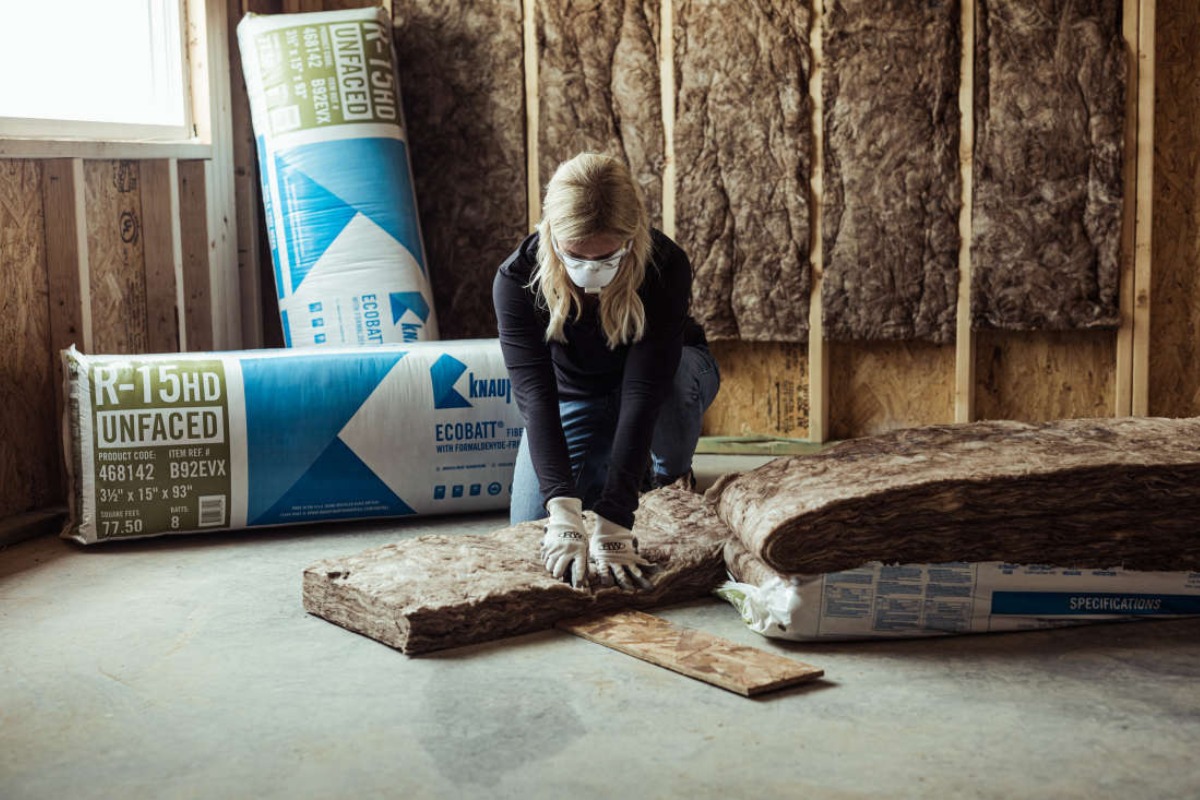
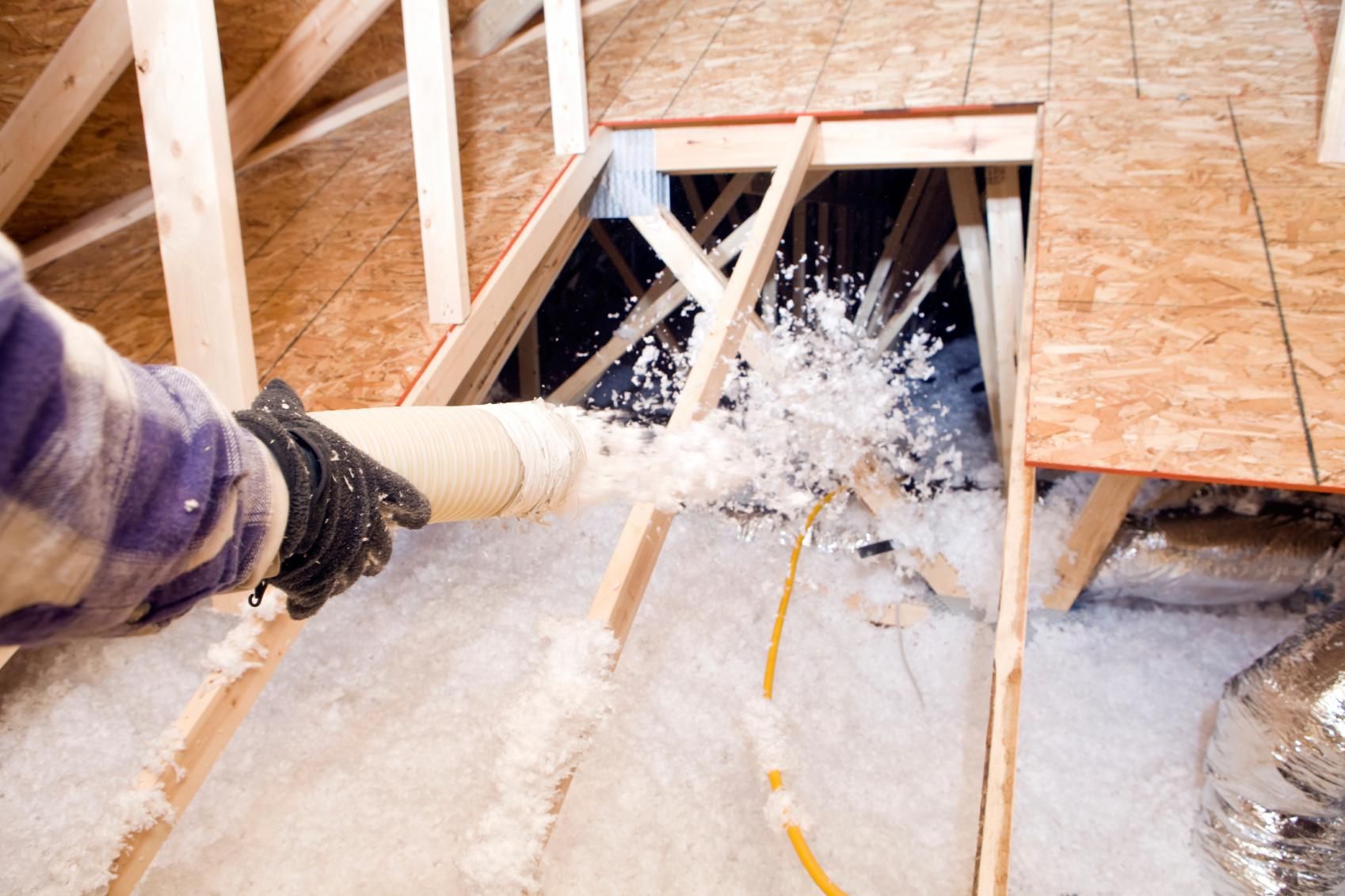
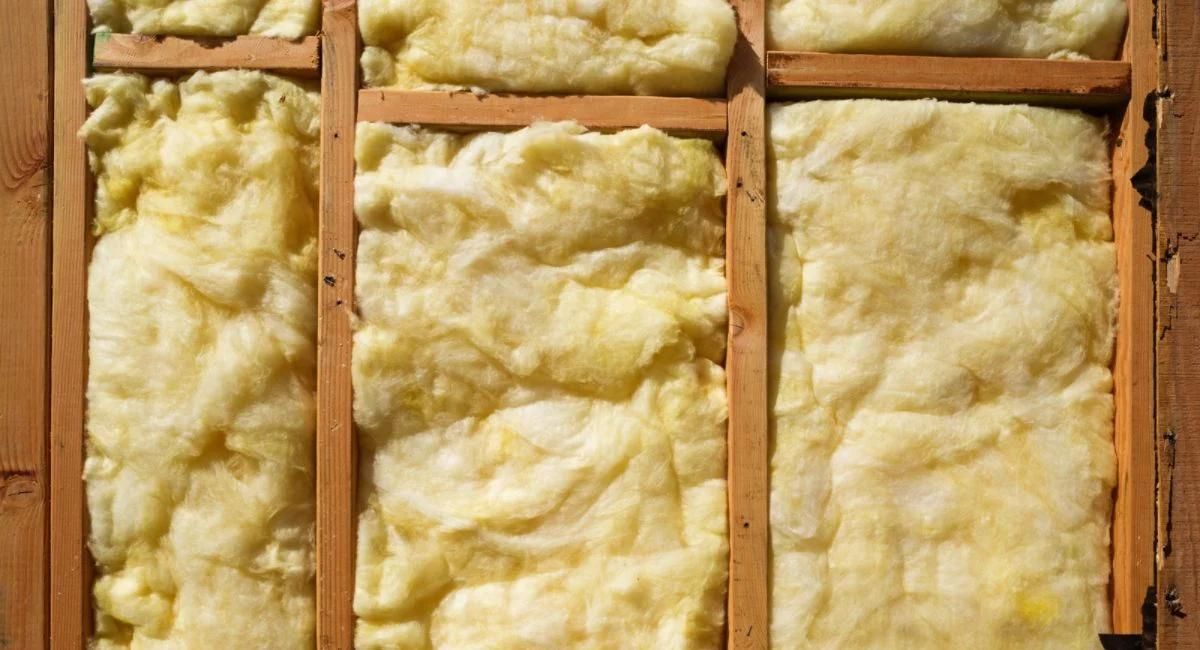
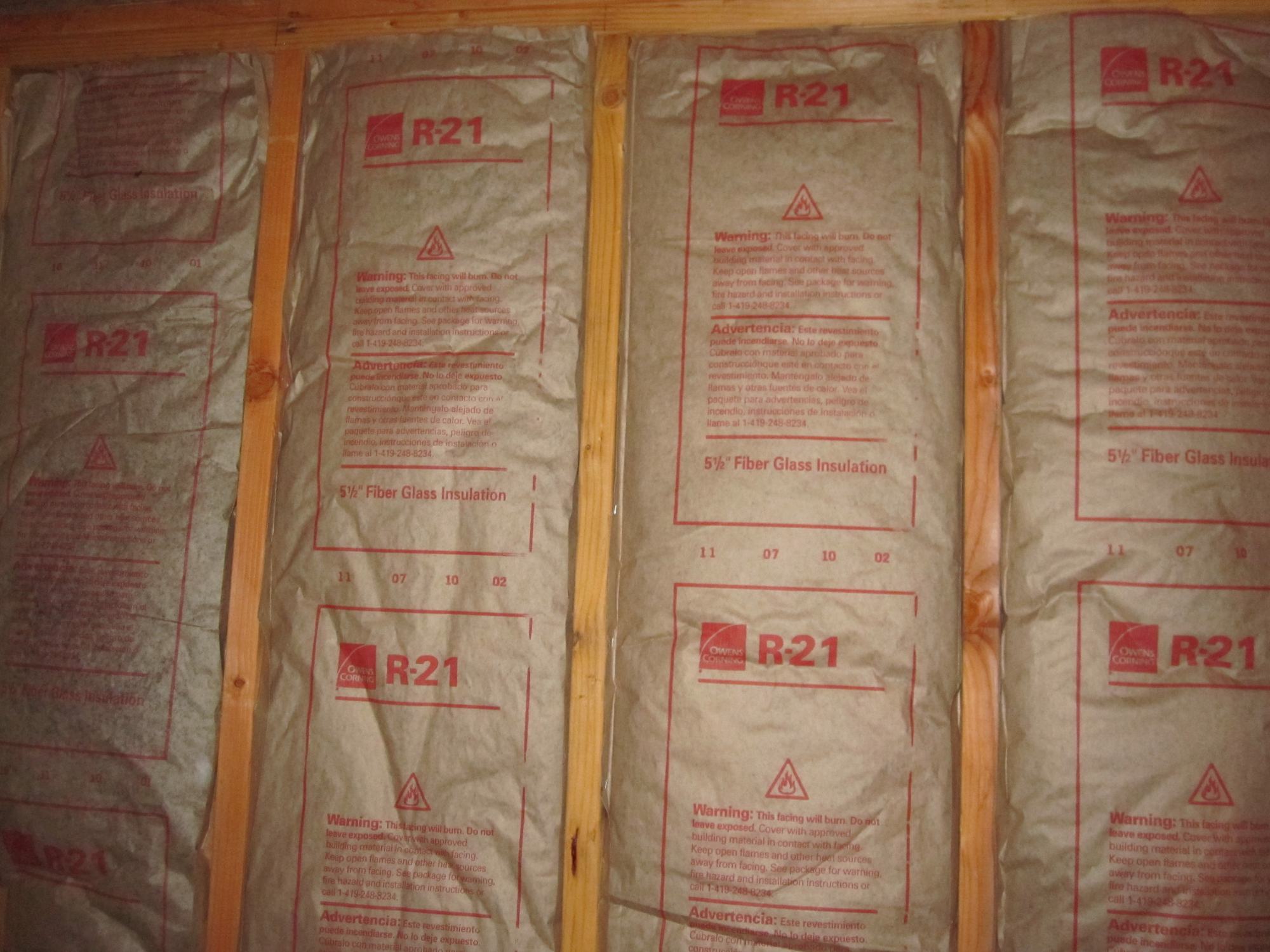
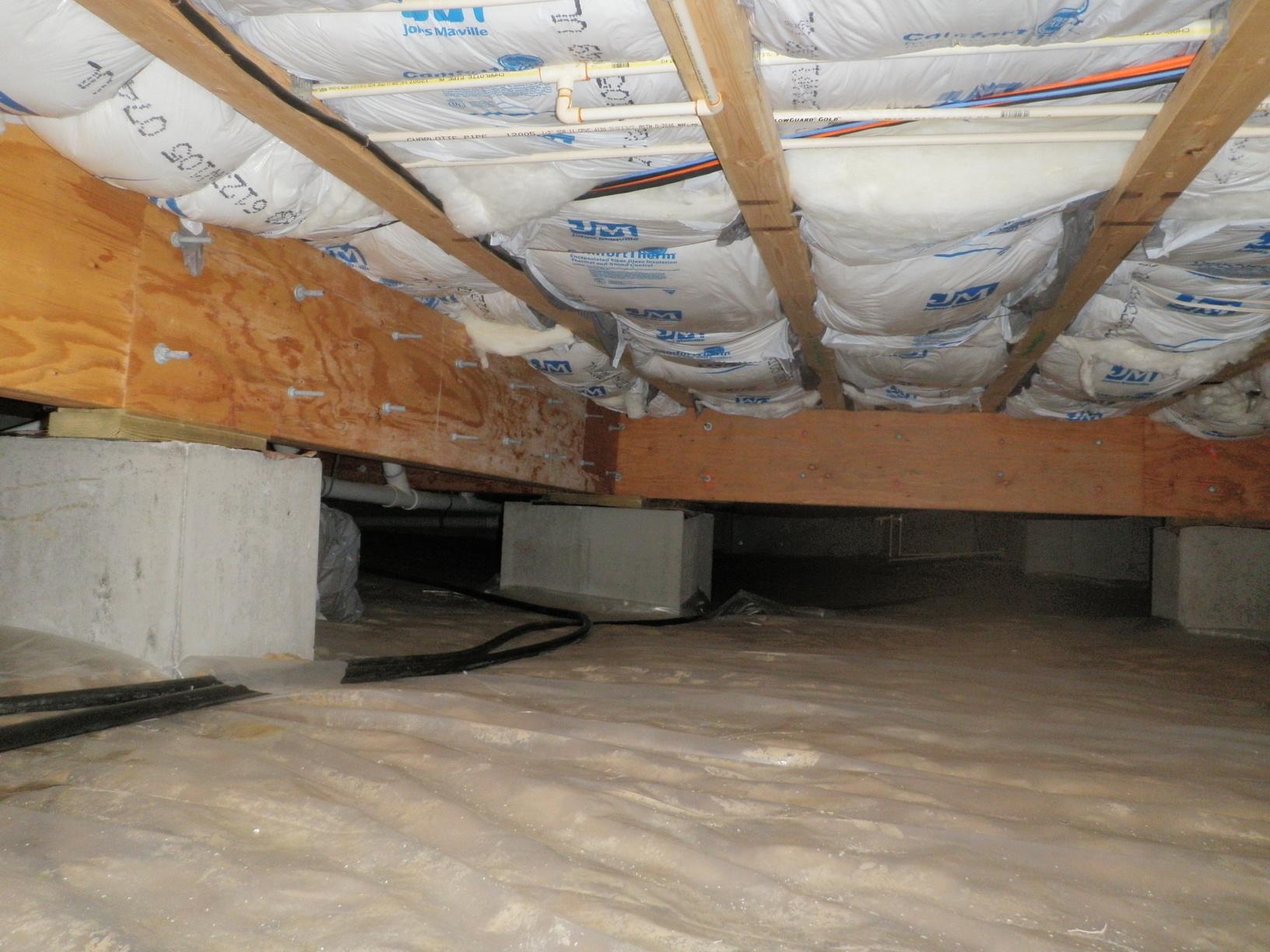
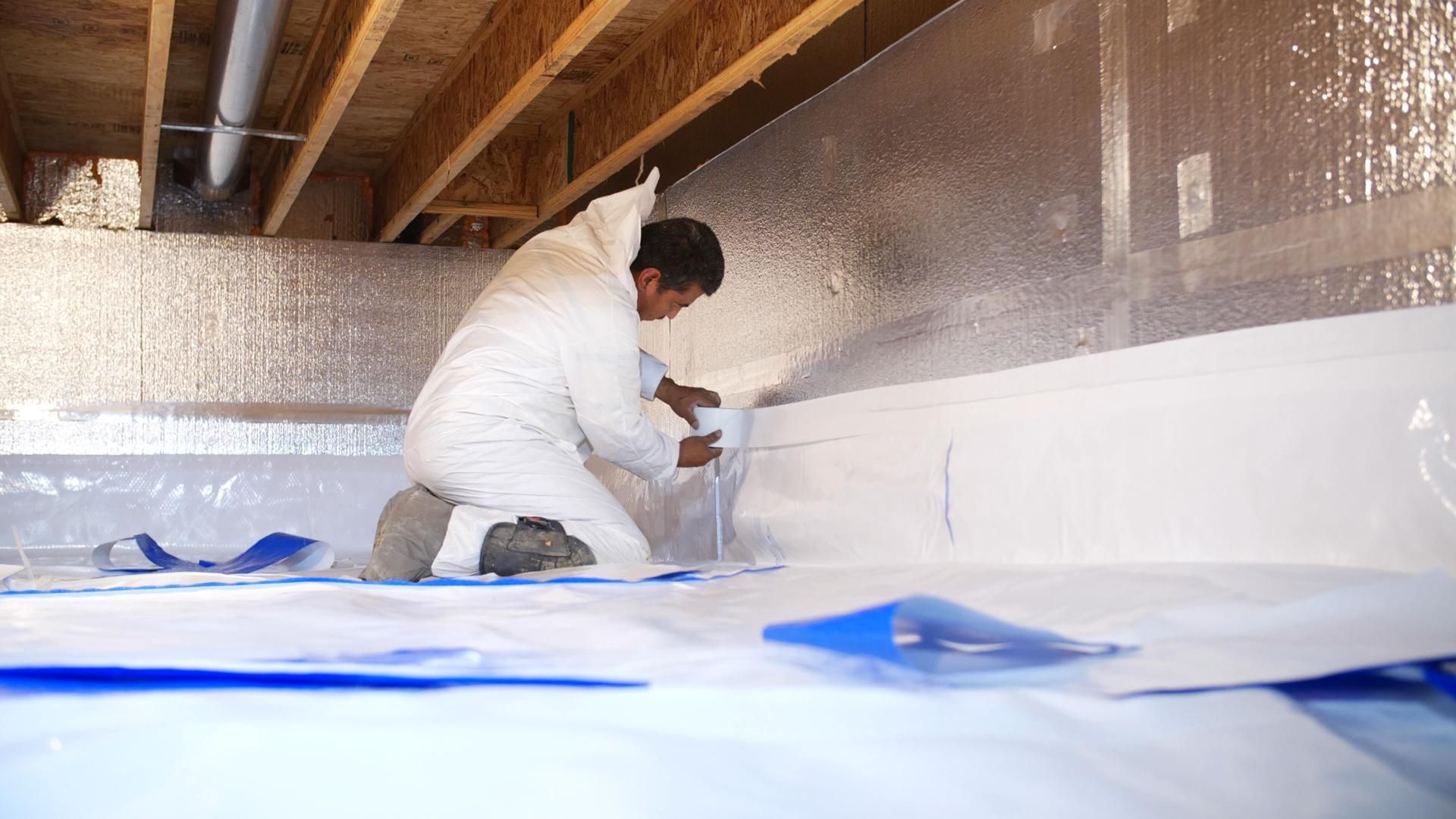
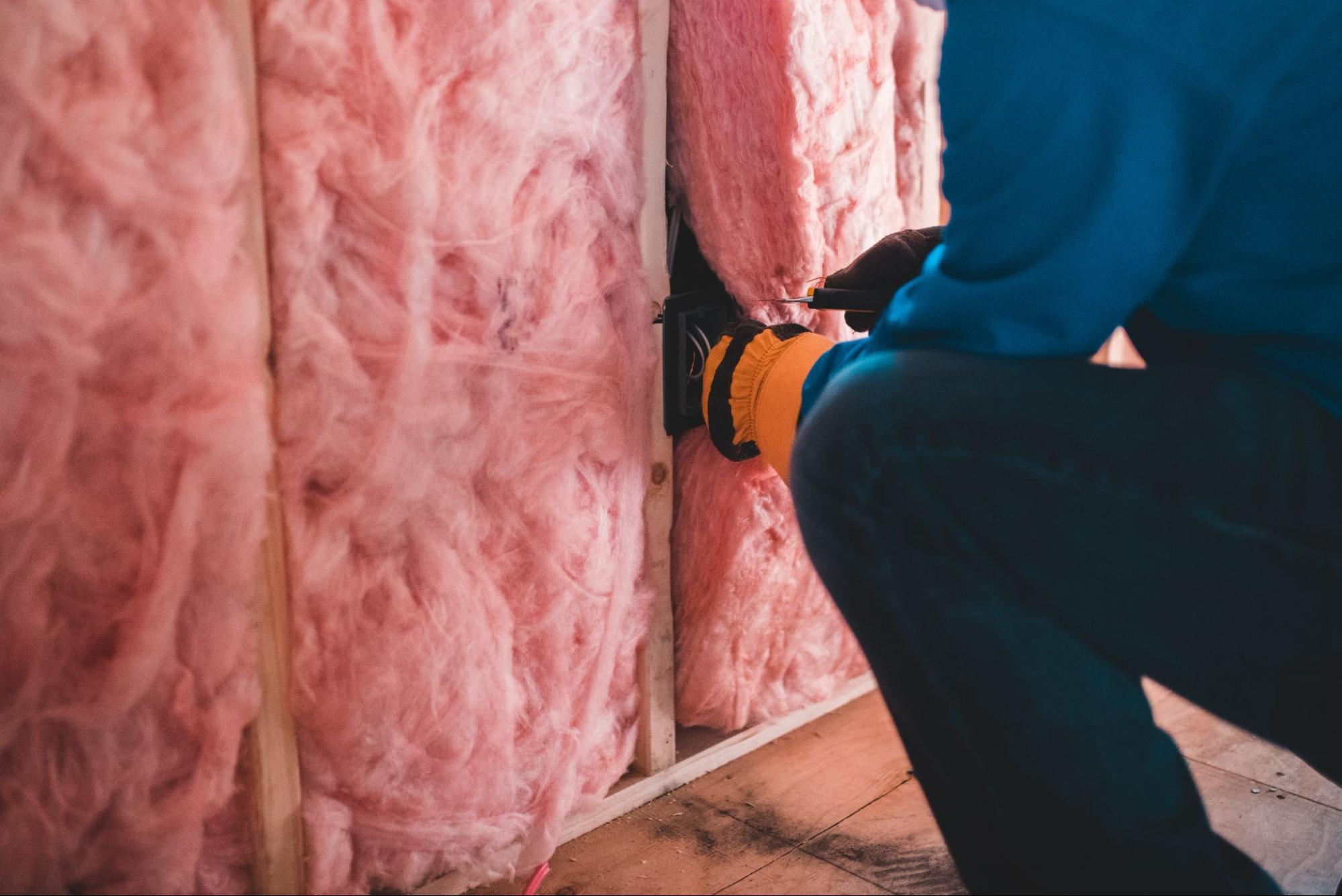
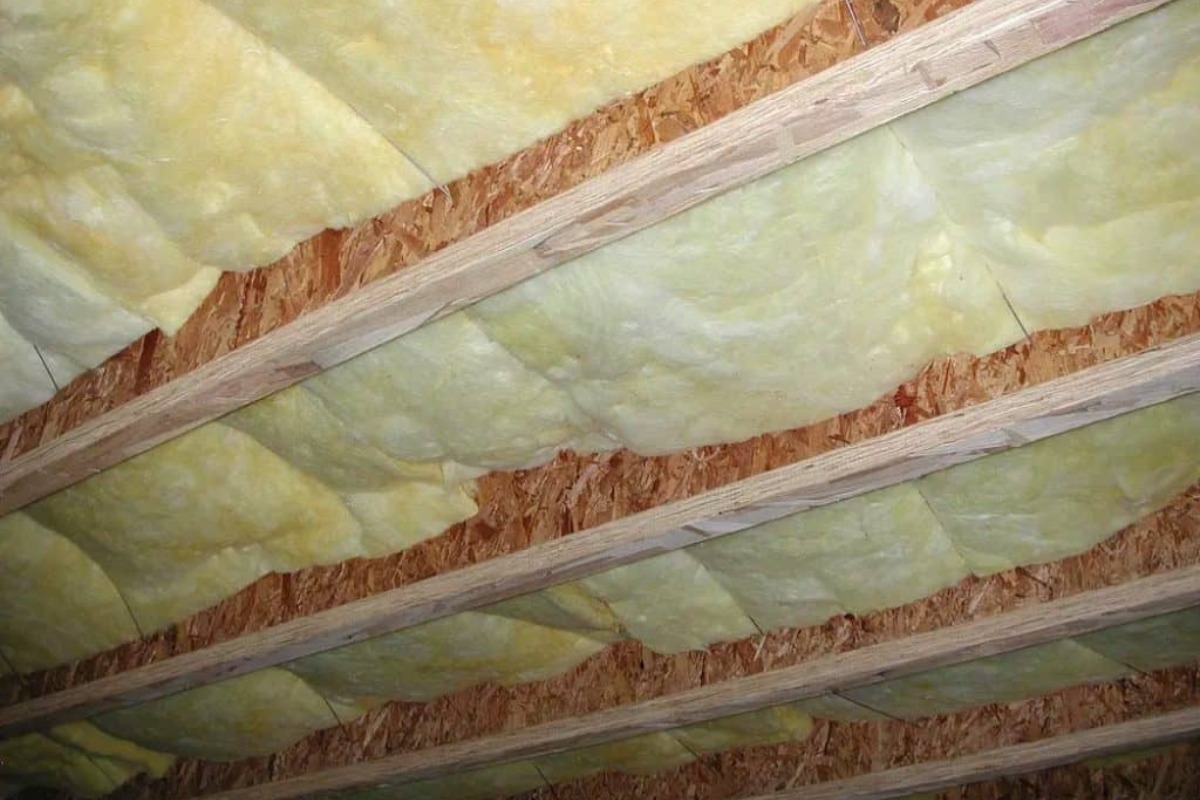
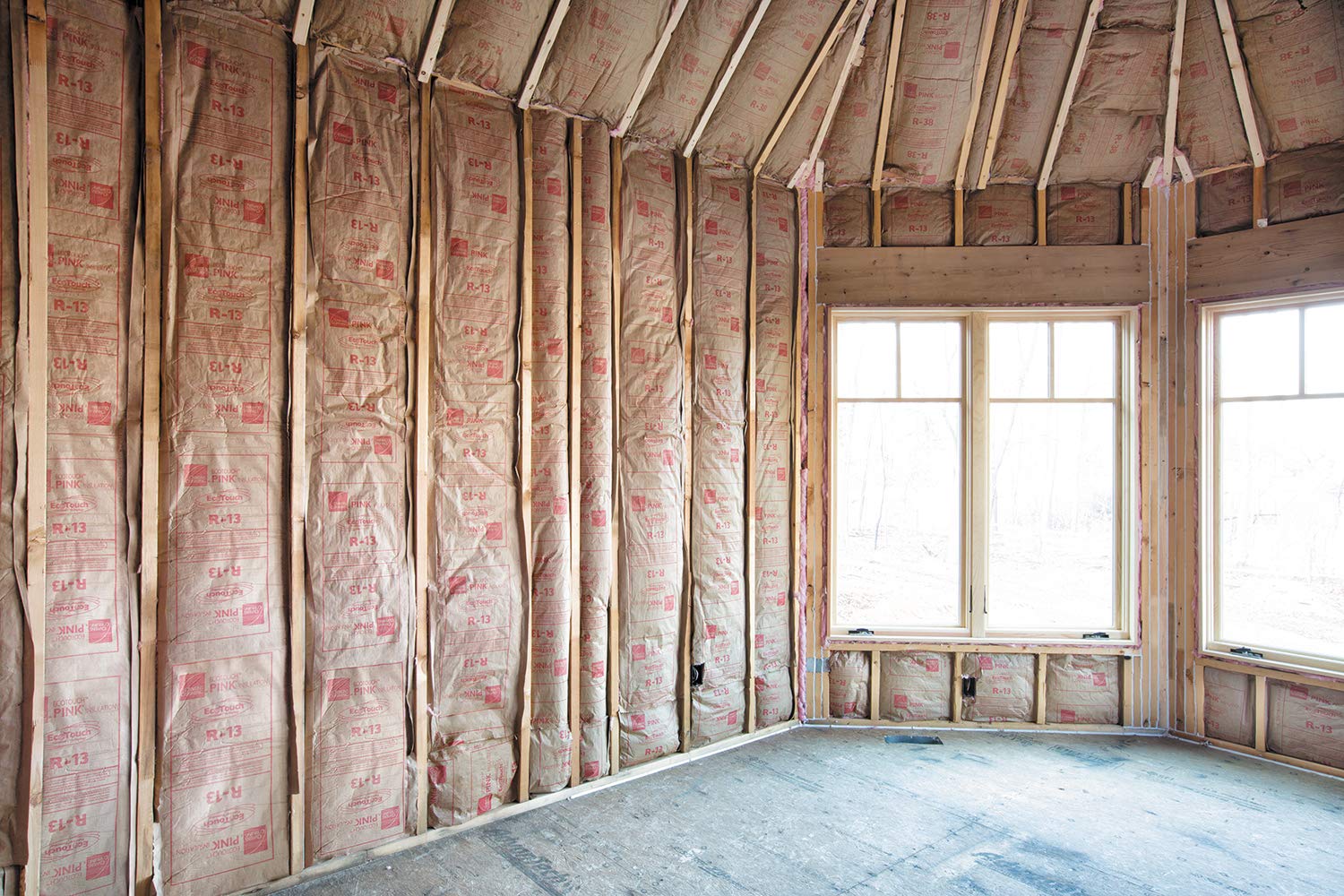
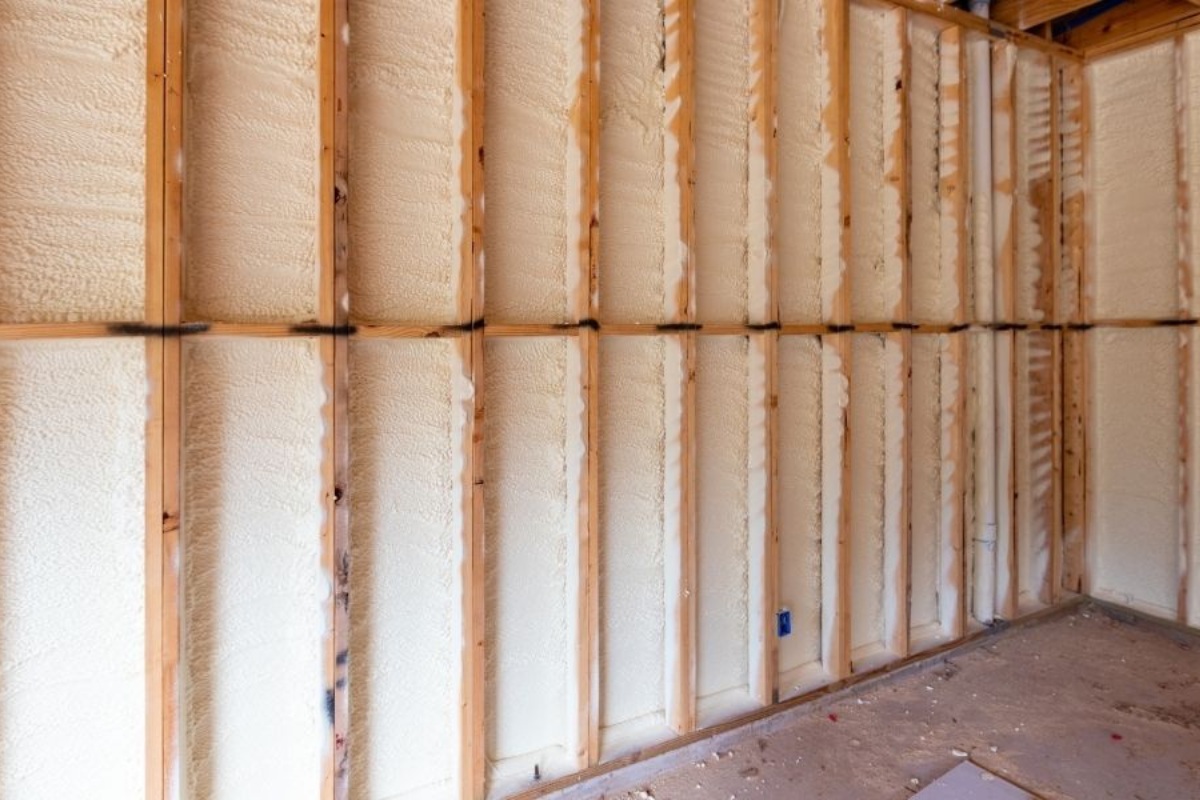
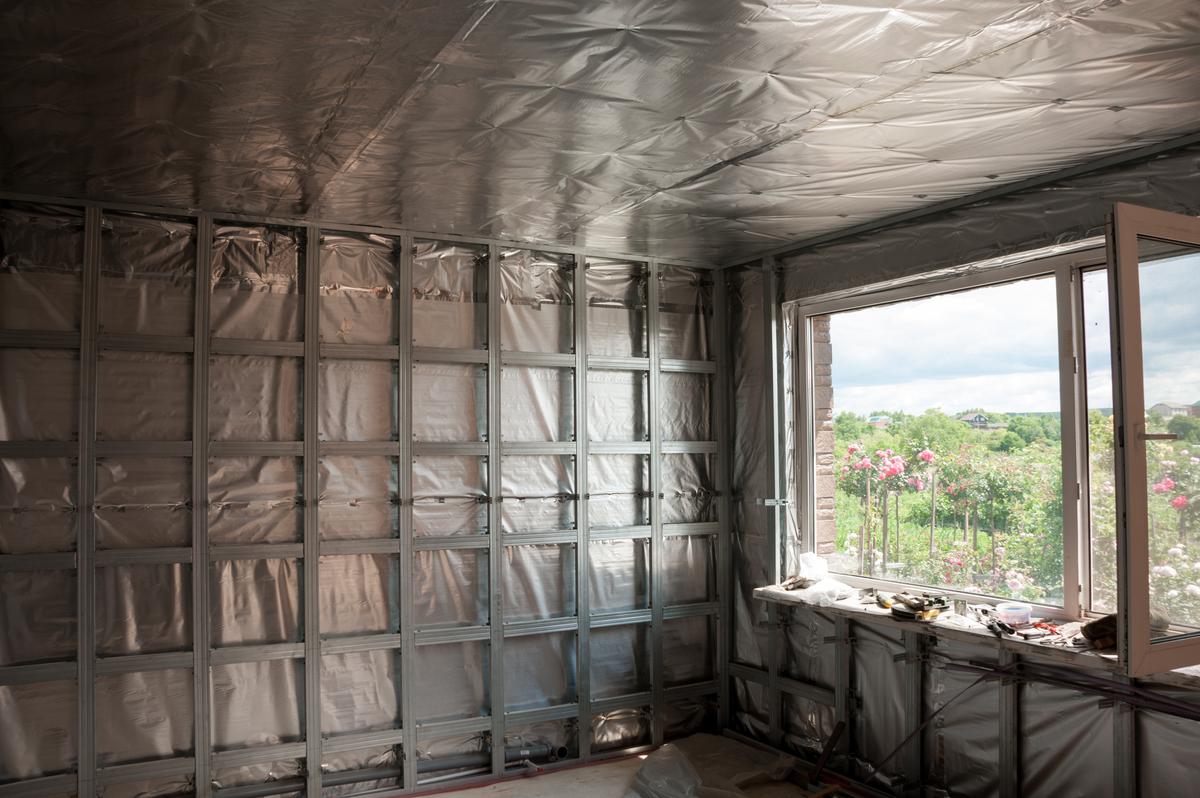
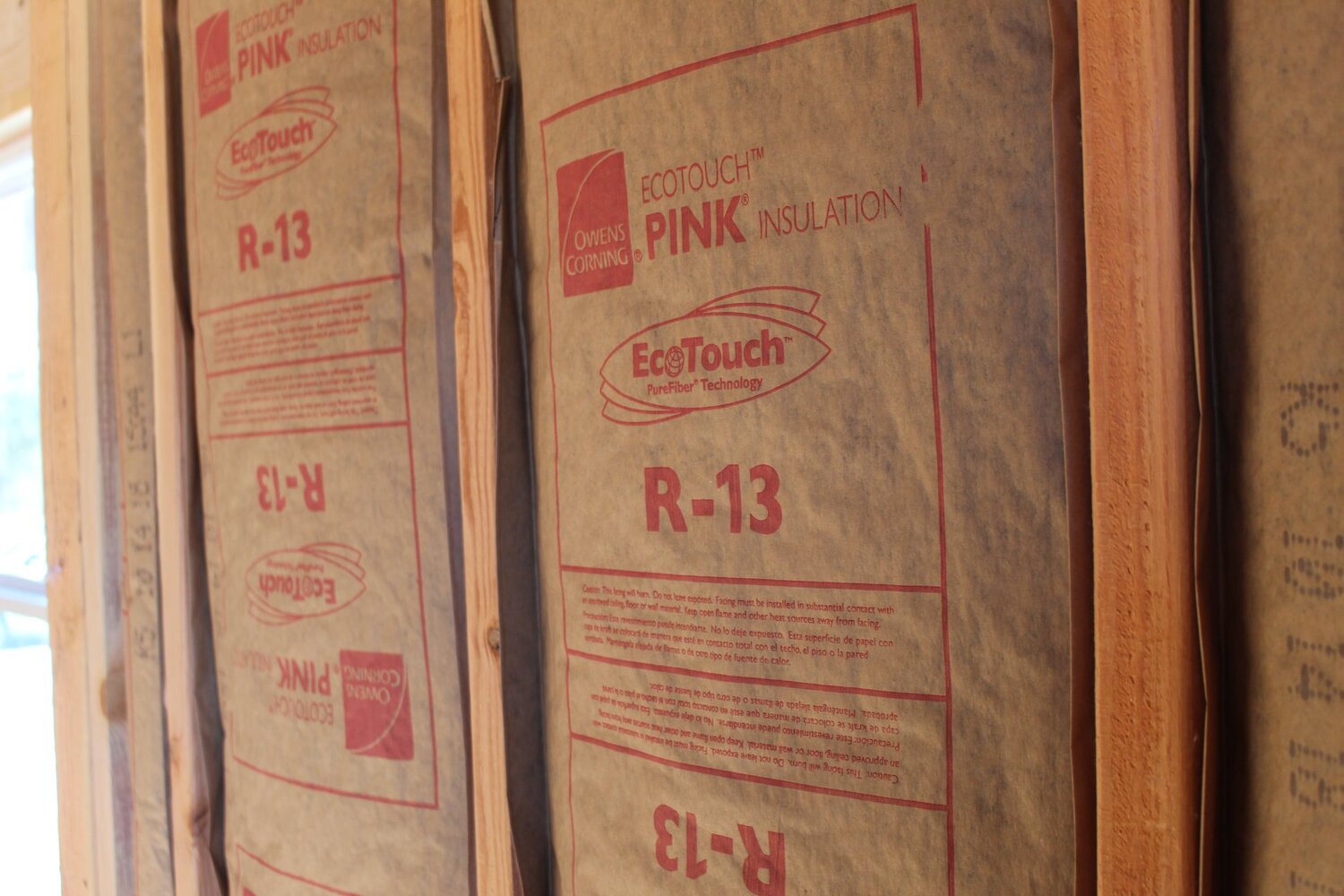
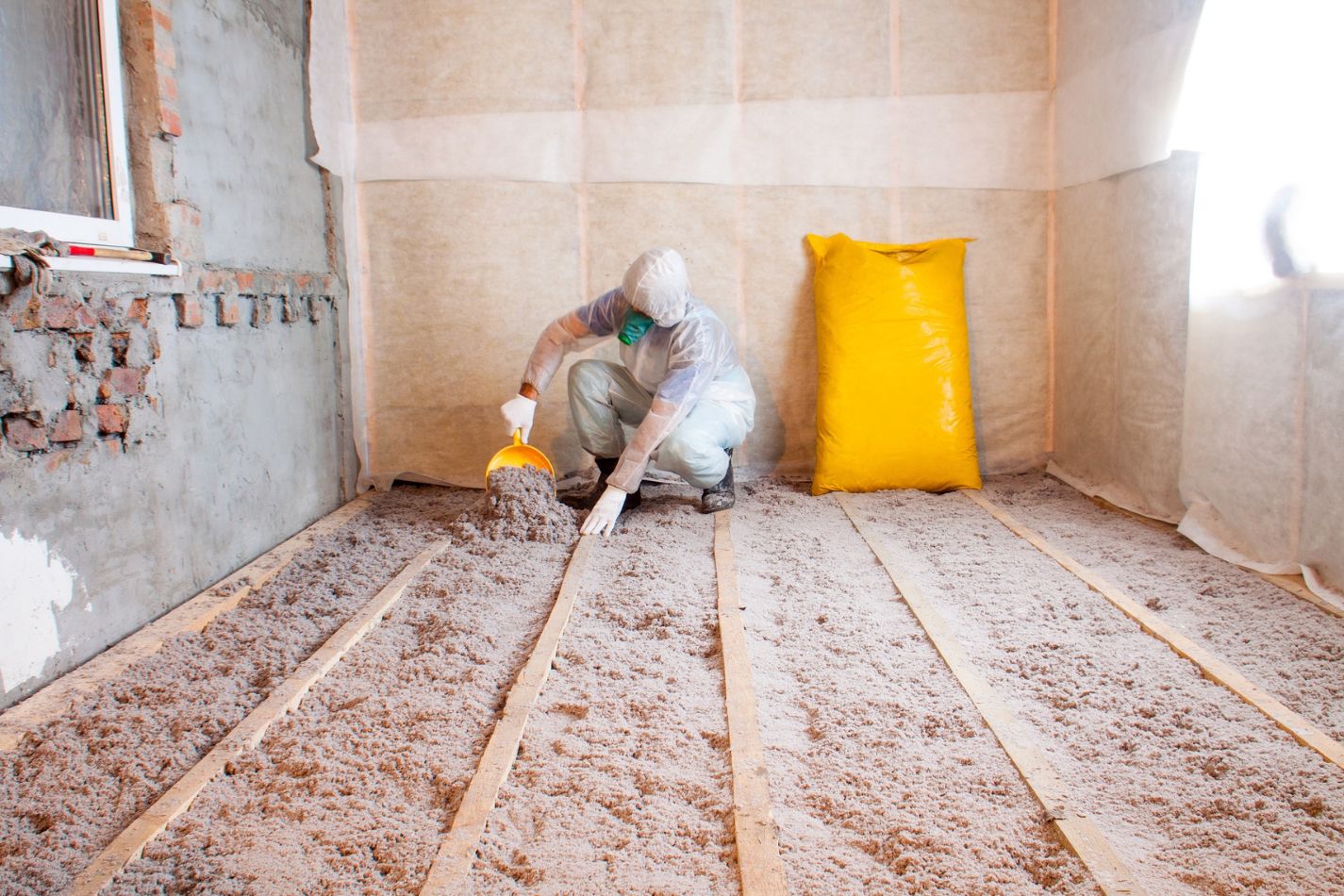

0 thoughts on “What R-Value Insulation For Basement Ceiling”